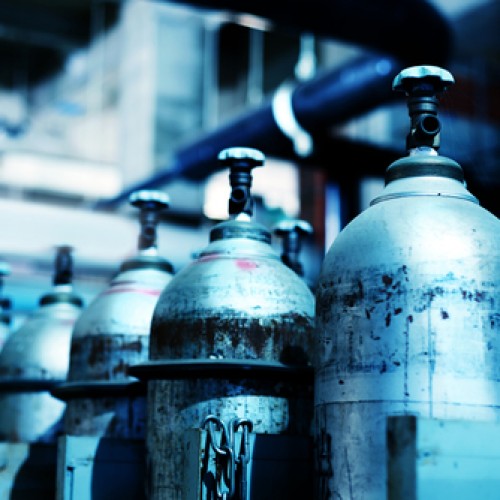How well are your custom labels able to stand up tough conditions? Most consumer products have to be packaged and shipped for long distances to reach various stores every day. This means that they face harsh weather conditions which can affect their overall look by the time they reach their destination. As a business owner, you need to ensure that you invest in durable labels that can stand up to the challenge. Whether your labels will be exposed to chemicals, temperatures, friction or moisture, there are label materials that are well able to stand up to these conditions. Various industries rely on durable custom labels to package their product. Some of the uses of durable labels include:
- Medical device labels
- Calibration labels
- Oxygen tank, gas, propane labels
- Instruction labels
- Identification labels
- Maintenance and service call labels
- Equipment inventory
In this piece, we will give tips on what you need to consider before you invest in custom labels that are durable so that you don’t waste resources and time on labels that will not work.
What Are Your Labeling Needs?
Before you invest in durable custom labels, you need to consider the item or product you will be labelling. The reason is because temperature, cleanliness, shape and texture vary. These factors affect how a label material will react depending on the conditions they face. These are things you need to consider before labelling a product:
- Temperature: Items that are very hot or cold need “all temp” or “cold temp” adhesives which are designed to handle extreme temperatures. These adhesives ensure that labels stick to the product at all times and will not get affected by changes in temperature.
- Cleanliness: Labels best stick on surfaces that are clean and free of debris. However, this is not always possible. Contaminants like chemicals, dust, frost, oil or dirt are unavoidable, so you want to use label materials that are resistant.
- Shape: Angles and curves are hard to apply labels than flat surfaces. Labels are more likely to lift from the surface if you apply them on contoured surfaces. You need to use an aggressive adhesive and flexible film to ensure that labels stay to the angle or curve.
- Texture: Surfaces that are rough are a challenge since they offer less surface area for adhesives to grip. You need to use a more aggressive adhesive to ensure that the labels stay adhered to the rough surface.
- Composition: Fabric, metal, cardboard, paper, glass and plastic not only feel and look different, but they also have different reactions to a label material.
Once you have examined which factors you need to consider for your product, you then need to consider the environment of the labels. This means that you have to consider how long the labels are supposed to last and where they will be applied.
Bottom Line
Depending on the industry they are being used, custom labels have different lifespans. Some labels need to only last for a couple of months while others need to last for years or even decades. To ensure that your labels maintain their original lustre throughout their lifespan, you need to use the right combination of materials for success. A good start would be to consider using weatherproof labels for your labelling needs.







